Crew 18 Survivors 404 (all) Number of deaths 0 | Passengers 386 Fatalities 0 Date 9 October 2002 Injuries (nonfatal) 0 Survivor 404 (all) | |
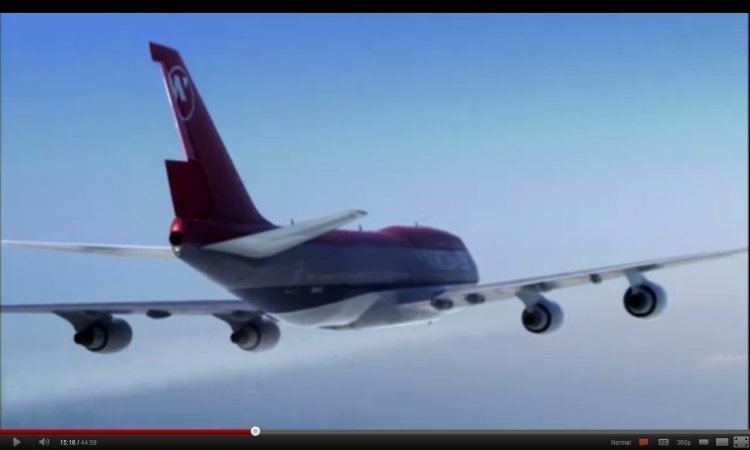 | ||
Summary Rudder hardover due to metal fatigue Similar Arrow Air Flight 1285, Continental Express Flight 2574, Korean Air Cargo Flight 8509, TACA Flight 110, Chalk's Ocean Airways F | ||
Fs2004 turning point northwest airlines flight 85
Northwest Airlines Flight 85 was a flight from Detroit Metropolitan Wayne County Airport to Narita International Airport that experienced a rudder hardover event on October 9, 2002 when the flight was in proximity to Anchorage, Alaska. The flight diverted to Ted Stevens Anchorage International Airport. No passengers or crew were injured, but the incident resulted in an airworthiness directive to prevent the possibility of a future accident.
Contents
- Fs2004 turning point northwest airlines flight 85
- Incident flight
- Investigation
- Boeing
- FAA
- Later events
- Other
- References
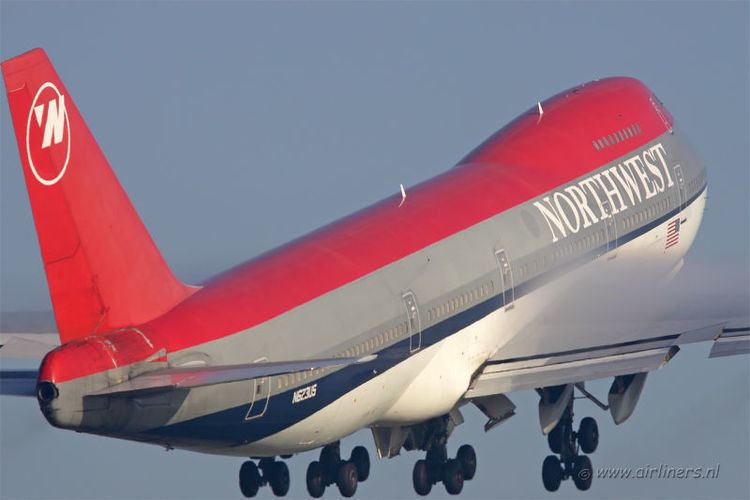
The aircraft involved was the first production Boeing 747-400 (Boeing 747-451, c/n 23719, reg N661US) built by Boeing and was delivered to Northwest Airlines as the launch customer of this type on December 8, 1989.
Incident flight
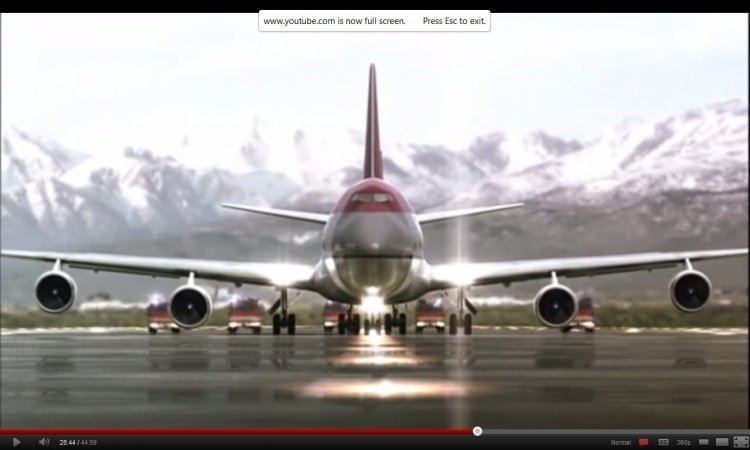
The flight departed Detroit Metropolitan Wayne County Airport at 2:30 PM Eastern Daylight Time. The incident occurred at 5:40 PM Alaska Daylight Time. At the time of the incident, Captain Frank Geib and First Officer Mike Fagan had just taken control of the aircraft, allowing Senior Captain John Hanson and First Officer David Smith to rest. Flight 85's captain said that the event occurred at flight level 350 (35,000 feet/11,000 meters).
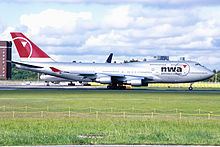
The aircraft abruptly went into a 30 through 40 degree left bank. Geib initially believed that an engine failure had occurred. Hanson re-entered the cockpit, and continued to fly the aircraft by hand with Fagan. Geib declared an emergency and began a diversion to Anchorage. While trying to declare the emergency, the plane was in a communications dead zone between North America and Asia. Even with a weak signal, they contacted another Northwest Airlines flight, Flight 19, who helped Flight 85 declare the emergency since they were closer to Alaska. Flight 85's captain reported that none of the emergency procedures available could correct the problem. The pilots established a conference call with Northwest Airlines at the Minneapolis-St. Paul area, and the Northwest employees there were unable to find a solution to the sudden bank. The flight crew took back control of the aircraft and landed at Ted Stevens Anchorage International Airport. In order to steer the aircraft they had to use asymmetric engine thrust, or varying input into the engines; they were unable to use the ailerons at the time.
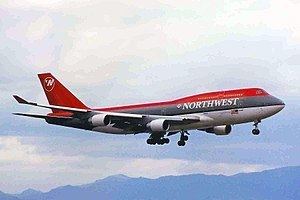
Hanson said that crew resource management (CRM) contributed to the flight's safe landing at Anchorage; he said "This was a classic application of CRM. We were blessed and lucky that we had full flight crew augmentation. We had four pilots to work together in the cockpit. We had an excellent group of flight attendants on board; that became important later because we briefed this as a ‘red’ emergency, which means there’s at least a solid chance you’re going to have to evacuate. We weren’t sure we were going to be able to keep the airplane on the runway." The incident did not initially receive media attention.
Investigation
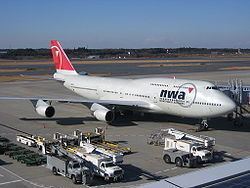
The National Transportation Safety Board (NTSB) and Boeing launched investigations into the incident. NTSB investigator Carolyn Deforge, who had overseen the investigation of NW85, said in the television program Mayday (Air Crash Investigation, Air Emergency) "it appeared to be a very dramatic event, and ... it definitively seemed like something we needed to follow up on, trying to understand what had happened."
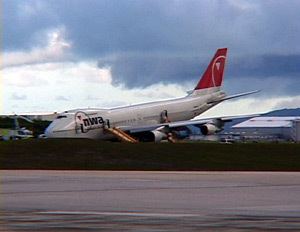
The NTSB found that there was a fatigue crack in the power control module, and that it was not possible to visually inspect that type of failure. The lower rudder control module's cast metal housing had broken. The end portion of the control module housing which housed the yaw damper actuator had separated from the main portion of the housing. Deforge said in the Mayday episode that the NW85 failure was an unusual failure since most failures are of internal components rather than the housing itself.
The NTSB ruled that the probable cause was a "fatigue fracture of the lower rudder power control module manifold, which resulted in a lower rudder hardover."
Boeing
A non-destructive inspection process for the module was developed. As a result, Boeing issued Alert Service Bulletin 747-27A2397. The bulletin, dated July 24, 2003, recommended that Boeing 747 operators conduct ultrasonic inspections of pertinent high-time lower and upper rudder power control modules.
FAA
The Federal Aviation Administration (FAA) published a Notice of Proposed Rule Making (NPRM) for an airworthiness directive that would make this inspection mandatory on Boeing 747-400, 400D, and 400F aircraft. The "Airworthiness Directive; Boeing Model 747-400, -400D, and -400F Series Airplanes" was published in the federal register on August 28, 2003. The directive, labeled Directive 2003-23-01, was issued on November 3, 2003 and became effective December 18, 2003. It has since been superseded by directive 2006-18-17, issued August 30, 2006 and effective October 13, 2006. In 2008 a proposed replacement to this directive was published.
Later events
By January 2004 the Air Line Pilots Association awarded the "Superior Airmanship Award" to the crew of Northwest 85.
On February 24, 2009 the aircraft involved in the incident, along with the other 747-400s in Northwest Airlines' fleet, joined the Delta Air Lines fleet as part of the Northwest-Delta Air Lines merger. On September 8, 2015, it left Honolulu, Hawaii for its final flight and was retired on arrival at Atlanta, Georgia's Hartsfield–Jackson Atlanta International Airport the next day, in preparation for transfer to the adjacent Delta Flight Museum, occurring at the end of April 2016. The aircraft was officially transferred to Delta Flight Museum on April 30.
Other
The flight was the subject of the episode "Turning Point" of the program Mayday (Air Crash Investigation, Air Emergency).
